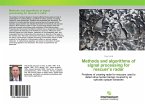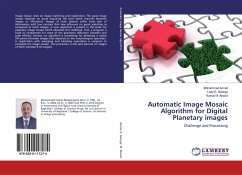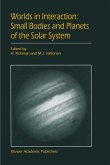Revision with unchanged content. A powerful new search algorithm, the difference map, has had notable success in many fields that involve finding a characteristic point in a high dimensional search space. The algorithm was first applied to a toy model of proteins in 2004. In that context, the difference map was able to find low energy "folds" better than any contemporary search algorithm. In this work, the same algorithm is applied to a realistic protein model. Though the algorithm finds low energy folds for the protein molecule, the energy function used is found to be inadequate to make the lowest energy state of the protein molecule the native conformation. In this work, the algorithm is described, and some example applications are given. Finally, the complete programming implementation of the algorithm to the problem of protein energy minimization is supplied.
Hinweis: Dieser Artikel kann nur an eine deutsche Lieferadresse ausgeliefert werden.
Hinweis: Dieser Artikel kann nur an eine deutsche Lieferadresse ausgeliefert werden.








